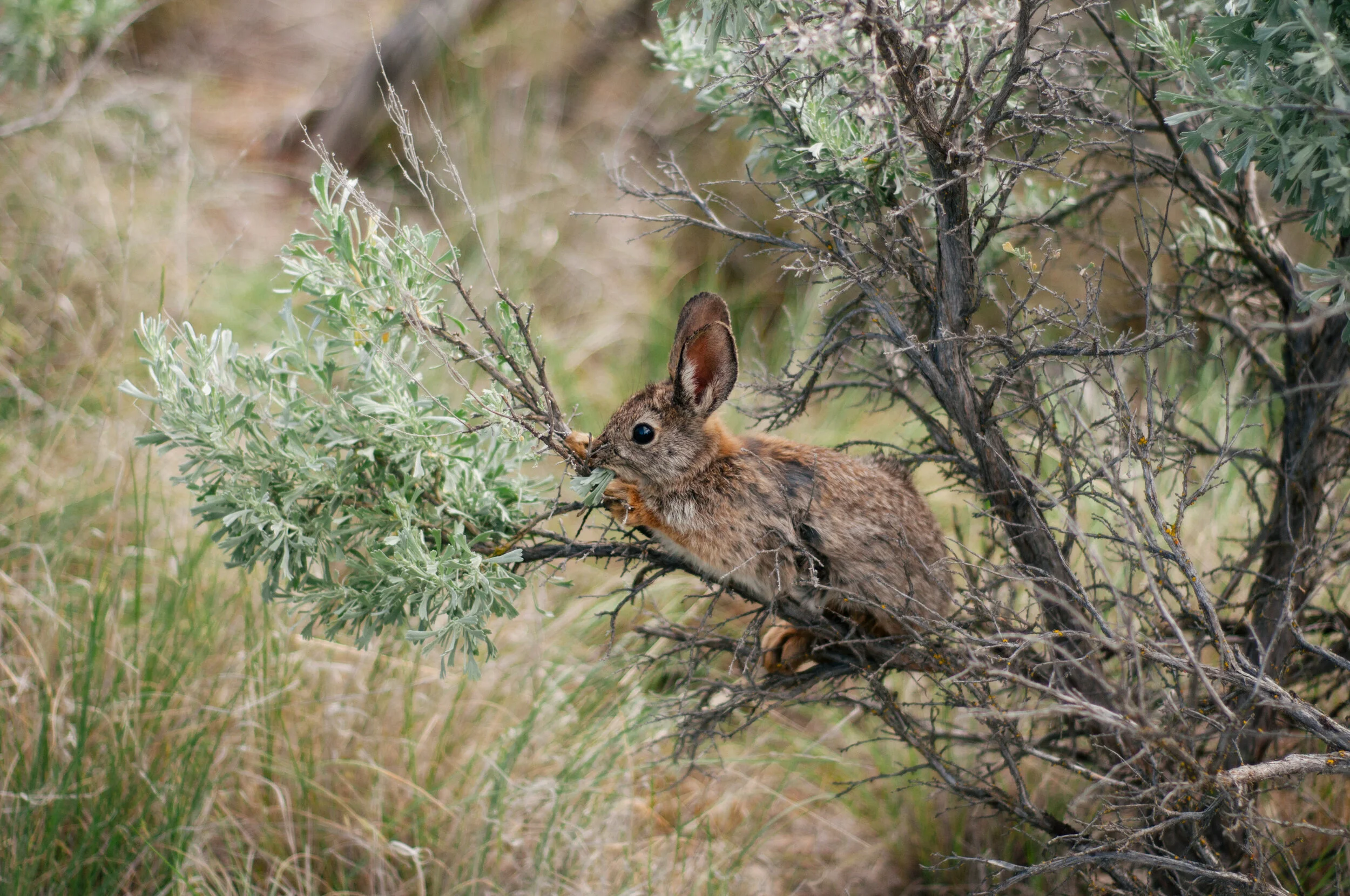Washington state is known for its diverse landscapes ranging from coastal beauty to mountainous terrain to open sky grasslands and desert.
The Nature Conservancy has helped to conserve more than 800,000 acres in this amazing state, and we are currently stewarding 100,000+ acres—working towards a world where people and nature can thrive in balance.
Here are five Nature Conservancy preserves in Washington that you can visit anytime to immerse yourself in the beauty of nature and learn about The Nature Conservancy’s conservation efforts.
Robert Y. Pratt Preserve
People hiking along the Robert Y. Pratt Coastal Bluff Trail. Photo: Courtney Baxter / TNC
Nestled on the western shore of Whidbey Island near Coupeville, the Robert Y. Pratt Preserve spans 554 acres, offering a mix of coastal trails, wetlands, and prairie habitats. The 3-mile coastal bluff trail borders the Ebey’s Landing National Historical Reserve and provides breathtaking views of the Olympic Peninsula and the Cascade Mountains. Keep your eyes peeled for wildlife, including bald eagles and gray whales during the spring and summer months. Continue down the bluff to the beach trail and explore Perego’s Lake, one of the least disturbed coastal wetlands in the state.
Foulweather Bluff Preserve
Volunteer work party at Foulweather Bluff in Hansville, WA. Photo: Cameron Karsten Photography / Volunteer.
Situated on the Kitsap Peninsula, Foulweather Bluff Preserve spans 116 acres and is a haven for wildlife. Stands of alders, cedar, and hemlock, coupled with a brackish marsh and 3,800 feet of beach, create essential habitats for numerous bird and mammal species. Take the 1/3-mile long trail through the forest to a beautiful shoreline backed by feeder bluffs, also known as eroding cliffs that deliver sand and gravel to the beach below. There’s plenty of beach walking to keep your legs moving. Before setting out, check out the tides (at high tide the water comes up to the bluff wall). Please leave pets at home.
Moses Coulee & Beezley Hills Preserves
Looking out over the Moses Coulee Preserve. Photo by Courtney Baxter / The Nature Conservancy.
Encompassing over 30,000 acres, these large preserves on the Columbia Plateau showcase dramatic geology, including Ice Age floods-carved coulees and pothole lakes. The preserves provide critical habitat for species like sage grouse, Columbia sharp-tailed grouse, and pygmy rabbit. View wildflowers on the Monument Hill Trail during spring, listen for bats at Dutch Henry Falls during summer evenings and visit McCartney Creek Homestead Valley Trail to observe its birds. Explore the stunning landscapes while appreciating the region's rich history.
Port Susan Bay Preserve
Member fieldtrip to Port Susan Bay. Photo: The Nature Conservancy.
Port Susan Bay features some of the finest estuarine habitat in Puget Sound, supporting a diverse array of birds, salmon, and marine life. The Preserve’s estuary restoration project has enhanced the connection between the Stillaguamish river and tidal habitats, benefitting juvenile chinook salmon and creating a more resilient ecosystem. Restoration at Port Susan Bay is just one part of a wider network of restoration and land management projects across Puget Sound, many led by Coast Salish Tribes, whose ancestors cared for these places for millennia. Collaborating with local partners has been a priority to open new conservation possibilities with even larger-scale restoration, like the Stillaguamish Tribe’s 248-acre parcel adjacent to the Preserve. Nearby areas are used for waterfowl hunting during the months of October through March. If visiting, take extra caution especially at dawn and dusk, and wear blaze orange. Reservations are required to visit the preserve. When you visit, observe the interactions between raptors, shorebirds, and marine life.
CEntral Cascades Forest
Enjoying the trails between the Roslyn Urban Forest and the Teanaway Community Forest near the city of Roslyn, Washington. Phot: John Marshall.
The Central Cascades Forest is a haven for year-round recreation. With nearly 49,000 acres of land in six different geographic regions and 124 miles of designated summer and winter trails, there is ample opportunity for a diverse array of non-motorized and motorized activities. Recreation on Conservancy-managed land includes, but is not limited to, hiking, bird watching, horseback riding, off-road vehicle riding, mountain biking, skiing, snowmobiling, snowshoeing, and dog sledding. The forest is also used for hunting, fishing, subsistence gathering, nature and wildlife viewing, and spiritual ceremonies.
Whether you're an avid hiker, nature enthusiast, or someone seeking tranquility, these Nature Conservancy sites in Washington offer a diverse range of experiences while contributing to conservation in our state. Plan your visit and immerse yourself in the beauty of these special places.





































